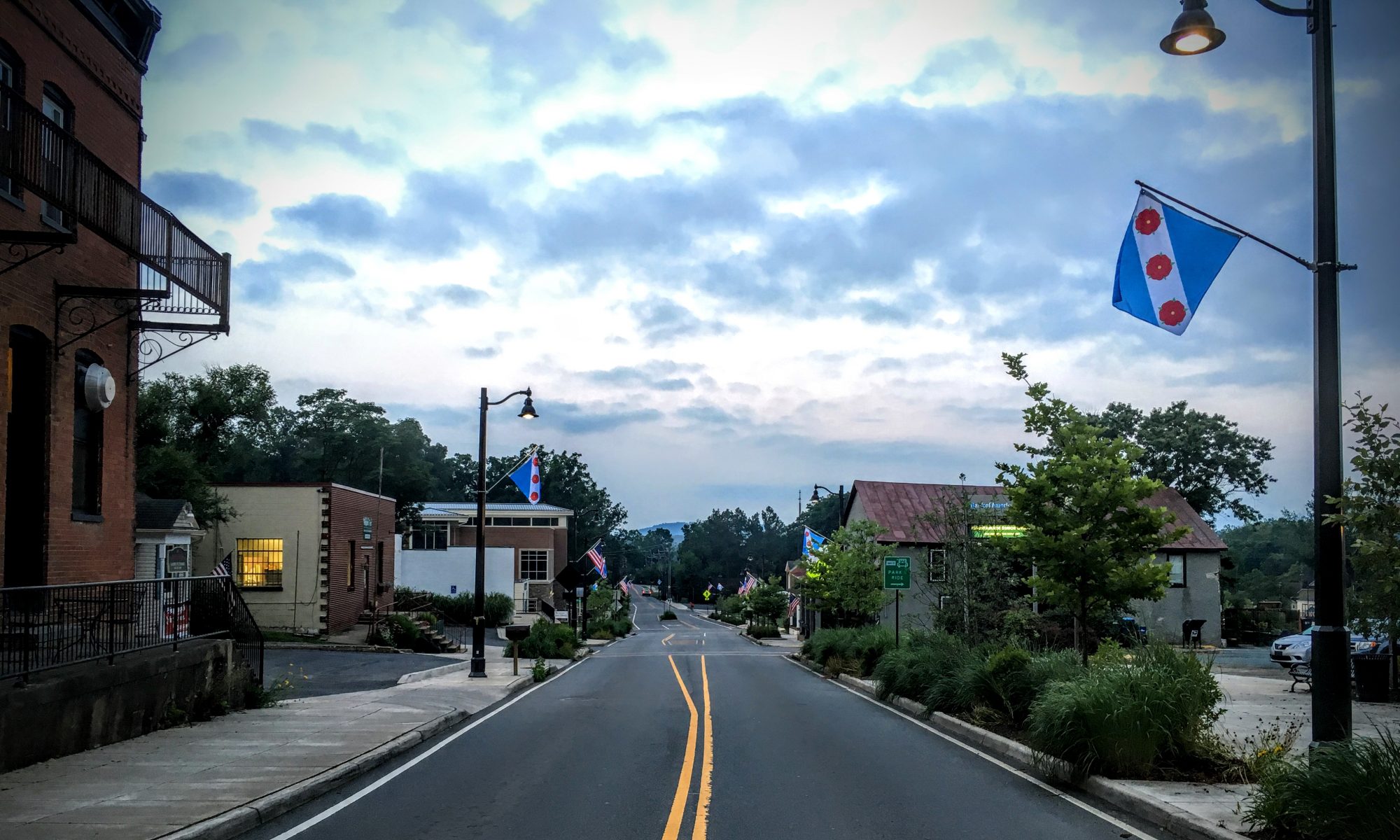Just sent to me: " Traffic stopped Eastbound 64 btw Crozet & Ivy."
— realcrozetva (@realcrozetva) November 2, 2016
I wrote in January about the crashes on 64 and promised an update.

Thanks to the DMV (really!)
Crashes on I-64 between Mile Markers 107 and 118 (bolding + italics are Jim’s)
Between January 1 and August 31, 2016 there were 76 crashes on I-64 between MM107 and MM118, this is a 58% increase over the same time period in 2015 (48).
In 2015 there were 81 crashes involving 123 drivers. Of those:
- The top drivers’ actions contributing to the crashes were
- Failure to maintain control of the vehicle, running off the road
- Following too close
- Improper/unsafe lane change
- Top driver distraction was eyes not on the road (2%), 94% of the drivers had no driver distraction, none were using a cell phone or texting
- 6 out of 123 drivers were blinded by the sun/headlight glare (5%)
- Time periods accounting for 48% of the crashes were:
- 6am – 9am (25%)
- Noon – 3pm (23%)
- 62% (50) were single vehicle crashes
- 35% (28) were speed-related crashes
- 4% (3) were alcohol-related crashes
In 2016 (preliminary) there have been 80 crashes involving 135 drivers. Of those:
- The top drivers’ actions contributing to the crashes were
- Following too close
- Failure to maintain control of the vehicle, running off the road
- Improper/unsafe lane change
- Top driver distraction was eating/drinking (2%), 90% of the drivers had no driver distraction, there was 1 using a cell phone and 1 texting
- 0 out of 135 drivers were blinded by the sun/headlight glare
- Time periods accounting for 45% of the crashes were:
- 6am – 9am (20%)
- 3pm – 6pm (25%)
- 46% (37) were single vehicle crashes
- 40% (32) were speed-related crashes
- 3% (2) were alcohol-related crashes





Sharing this with co-workers. We have a Slack channel dedicated this exact stretch of 64.
It’s good data, too.
Short story: lots of wrecks, and not as many as it may seem. I think.
Thanks for this, Jim.It is kind of surprising that so few involved drinking or texting, so, a good reminder that avoiding those two habits is not all that is required to be a safe, defensive driver. Useful information that I will pass along to the other drivers in my family (hopefully sounding less preachy than I do here!)…
From an email conversation: (bolding mine)
It seems to me poor design is a contributing factor. The exchange between Rt.29 and 64 an example of a very common and dangerous design. Eastbound traffic on Rt.64 encounters, in quick succession, a deceleration lane, then a lane shared by decelerating traffic exiting for 29N., and accelerating traffic entering from Rt.29. This single lane being shared by decelerating and accelerating traffic is a very dangerous situation. It seems to be very cost effective using about the least amount of right of way overall and paved surface in particular. This same exchange also seems to have a marginally adequate ramp length resulting in a curve that requires caution by large top heavy trucks to avoid turnovers, another common cause of back ups.
These design/build decisions, often cost driven, result in dangerous needlessly high crash rates that combined with roads operating at near design capacity results in even minor disruptions to traffic flow causing major delays.
It seems that we, as a society, needs to decide if we are prepared to invest in our infrastructure, and how we will pay for it.
ME: And no, we as a society will never be prepared to invest in infrastructure, sadly.
Why do you think it is that there is so much resistance to these investments? I hear the argument about borrowing money to do the work and thereby saddling our children and grandchildren with the debt. The alternative is to leave them with a mountain of deferred maintenance and a failing inadequate public infrastructure.
We as a society can choose to borrow historically cheap money to improve and expand our public transportation, highways, rail systems, aviation infrastructure. All of it making us more competitive as a player in the global market place, while putting thousands of Americans to work right here with jobs that can’t be exported. I don’t know, I can’t seem to ask the questions without seeming to be lobbying for a political position. (me: this is such a sad and telling insight)
My question at this point is really rhetorical. Is there the political courage required to lead and the public appetite for real progress which is not synonymous or mutually exclusive with growth.
Amazing, you are complaining about a stretch of road,(miles)
yet you bring up one interchange as a cause? How many
accidents occur at this interchange? Have you compared the data to similar stretches of Virginia Interstate Highway?
Using this incomplete logic you have come to the thought that more money should be spent on the road? Anyway, when was the last time you saw an accident at the interchange in your story?? This really has nothing to do with society and more to do with understand data along with cause and effect…